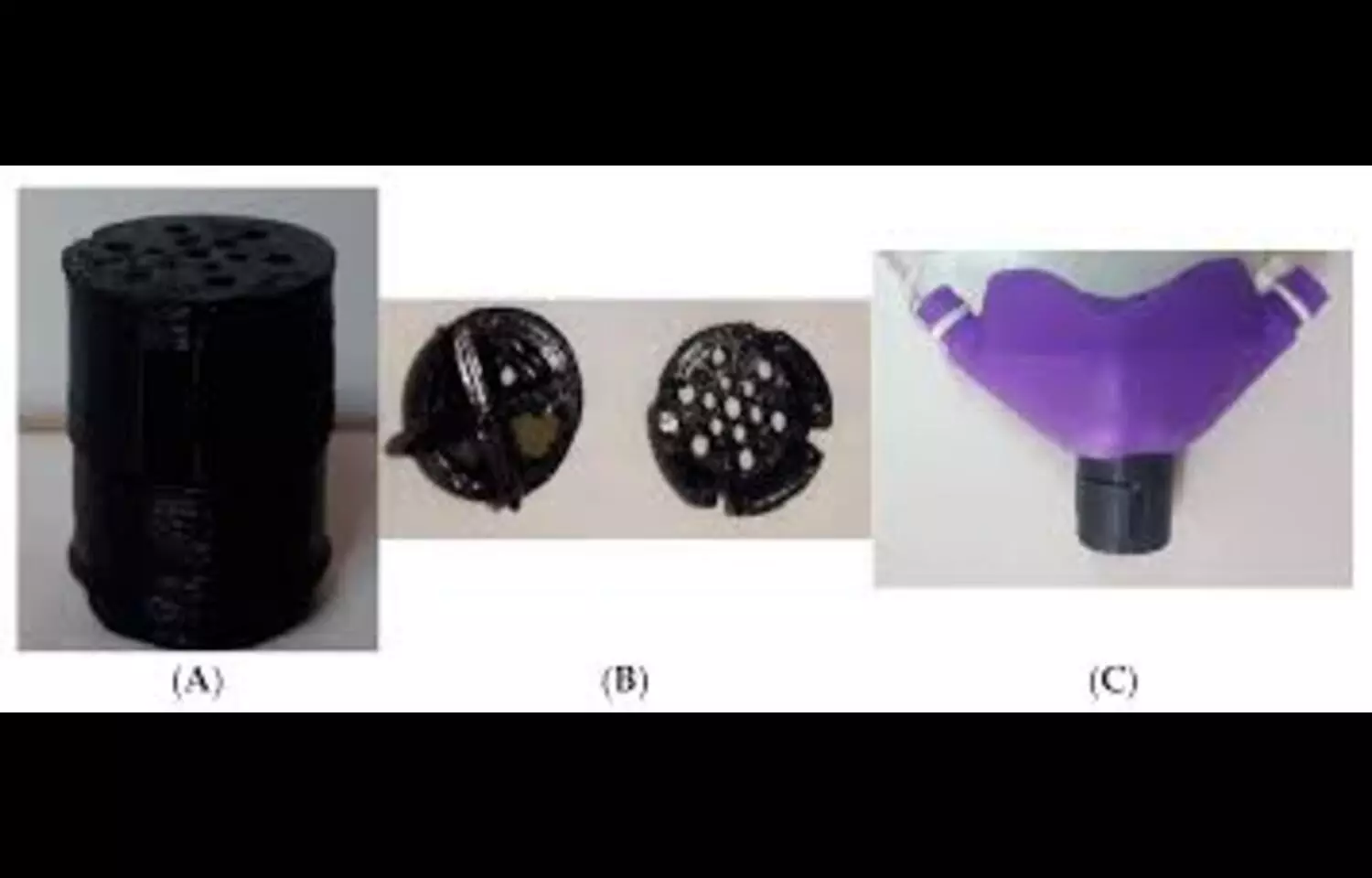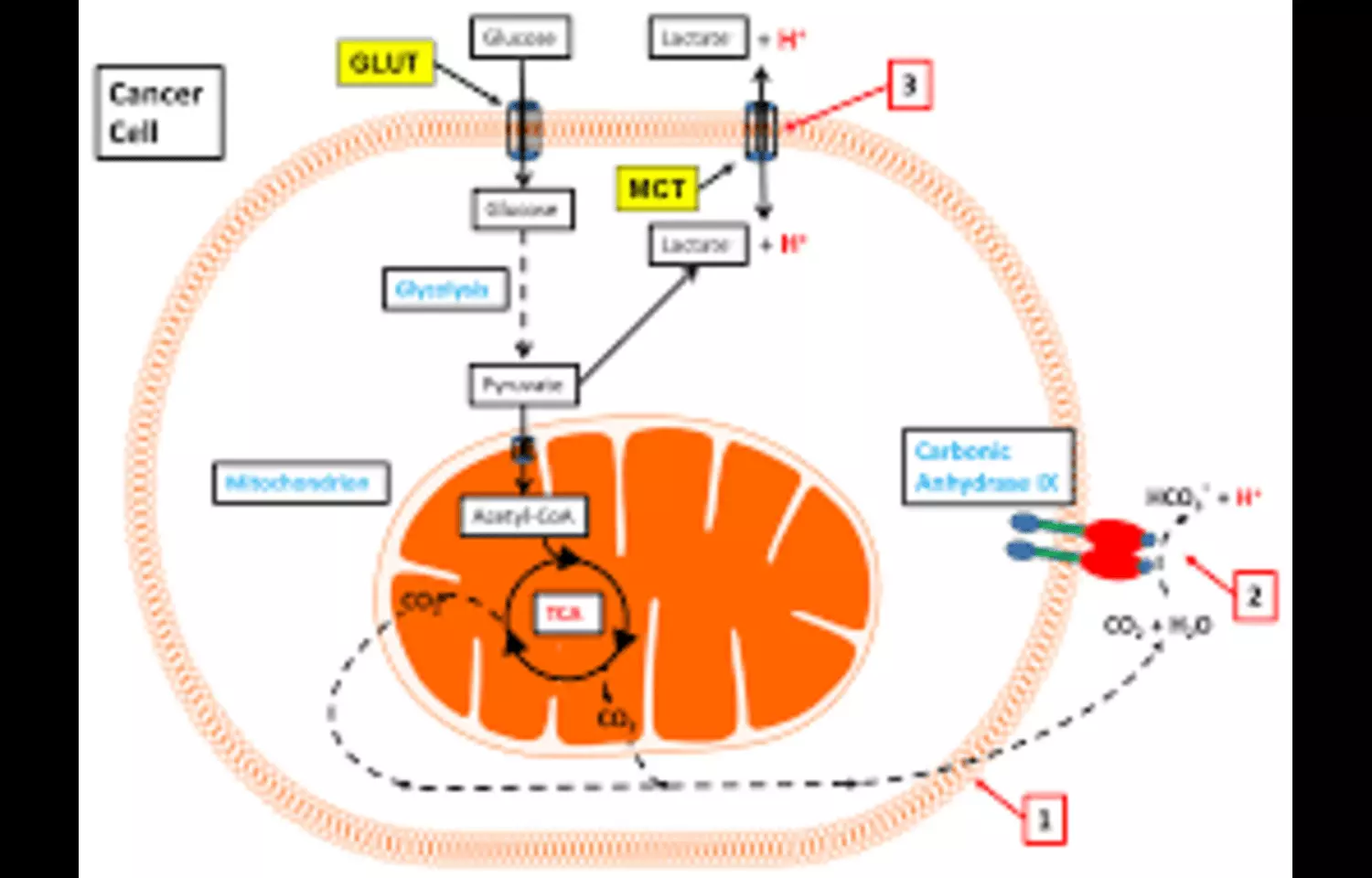The systematic review and meta-analysis published in
JAMA Pediatrics by Isabella Faria and colleagues from the University of Texas Medical Branch, Galveston, examined whether
nonoperative management (NOM) using
antibiotics can match the outcomes of traditional appendectomy in pediatric patients with uncomplicated acute appendicitis. While NOM has been increasingly considered as a less invasive alternative, questions about its long-term efficacy and safety have persisted.
The analysis incorporated seven randomized clinical trials (RCTs) encompassing a total of 1,480 children and adolescents. Key findings were as follows:
- Nonoperative management (NOM) was associated with a significantly higher risk of treatment failure within one year compared with appendectomy (RR, 4.97).
- Treatment success at 12 months was lower in the NOM group (RR, 0.67).
- Major complications (Clavien-Dindo grade IIIb or higher) occurred more frequently with NOM (RR, 33.37).
- Appendicitis recurrence among NOM patients was 18.47 events per 100 patients.
- NOM showed modest short-term benefits, including a slightly faster return to school (mean difference, –1.36 days).
- NOM was associated with a quicker return to normal daily activities (mean difference, –4.93 days).
- These short-term benefits could be offset by higher readmission rates and eventual need for surgical intervention, potentially prolonging overall recovery.
The meta-analysis highlights that while NOM may provide a shorter initial recovery period, its higher rates of failure and serious complications limit its role as a primary treatment strategy. Appendectomy, in contrast, demonstrated superior treatment success and lower risk of major adverse events, supporting its continued role as the standard of care for uncomplicated appendicitis in pediatric populations.
The study also highlighted some limitations, including variability in follow-up durations, differing definitions of treatment success across studies, and limited long-term data. In addition, mild to moderate complications may have been underreported, and the analysis was restricted to RCTs, which reduces, but does not eliminate, bias. Future research is encouraged to standardize outcome definitions, utilize longer follow-up periods, and consider patient-centered factors such as quality of life, school absence, and caregiver burden.
The comprehensive review provides updated evidence to guide pediatricians, surgeons, and families in making informed, individualized decisions regarding the management of uncomplicated acute appendicitis in children and adolescents.
“While NOM remains a viable option in selected cases, appendectomy continues to offer more reliable long-term outcomes, emphasizing the importance of shared decision-making that balances clinical effectiveness with patient preferences and circumstances,” the authors concluded.
Reference:
Faria I, Cintra ACG, de Oliveira LGAM, et al. Reevaluating Nonoperative Management for Pediatric Uncomplicated Acute Appendicitis: A Systematic Review and Meta-Analysis. JAMA Pediatr. Published online October 05, 2025. doi:10.1001/jamapediatrics.2025.4091






